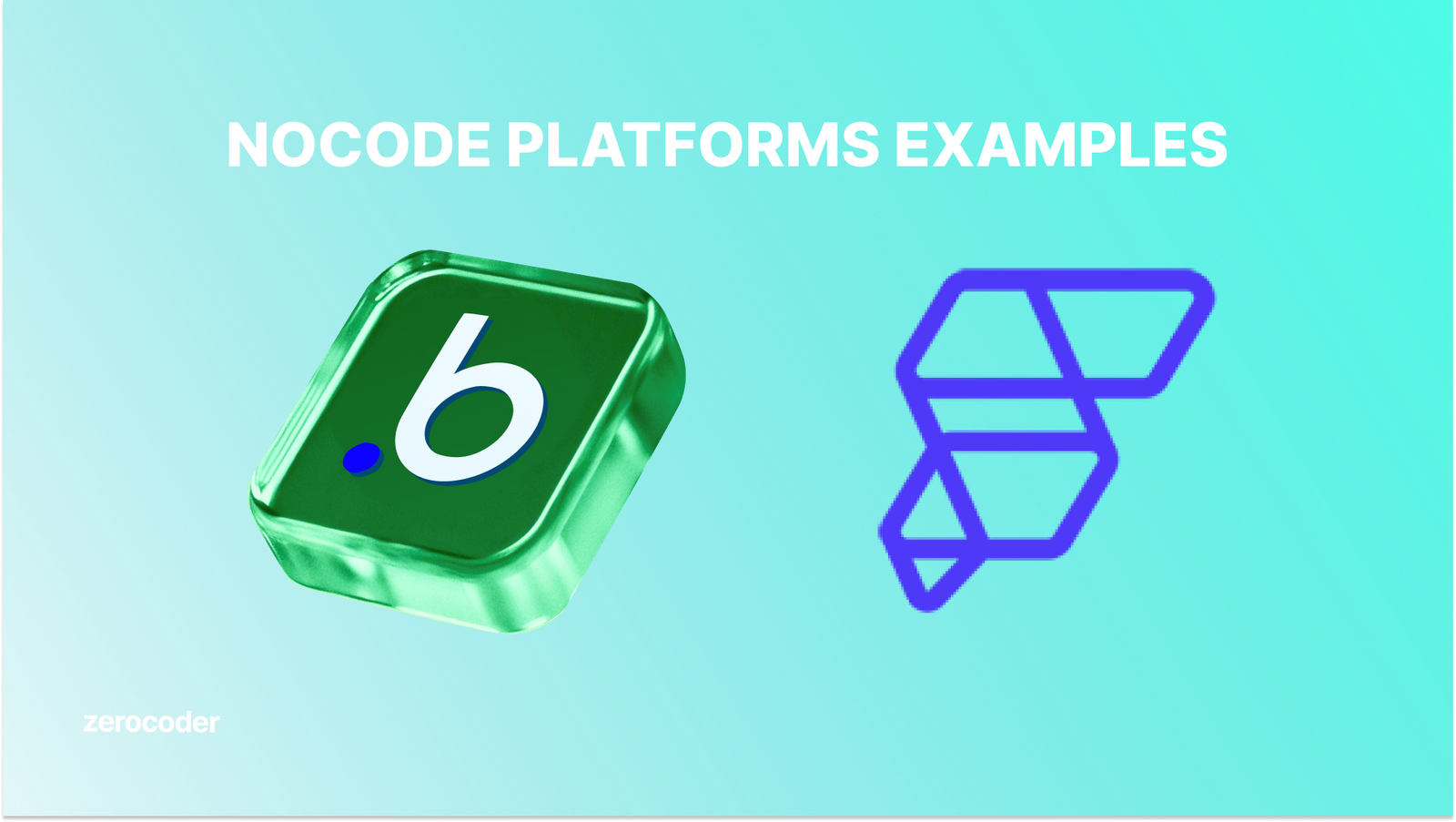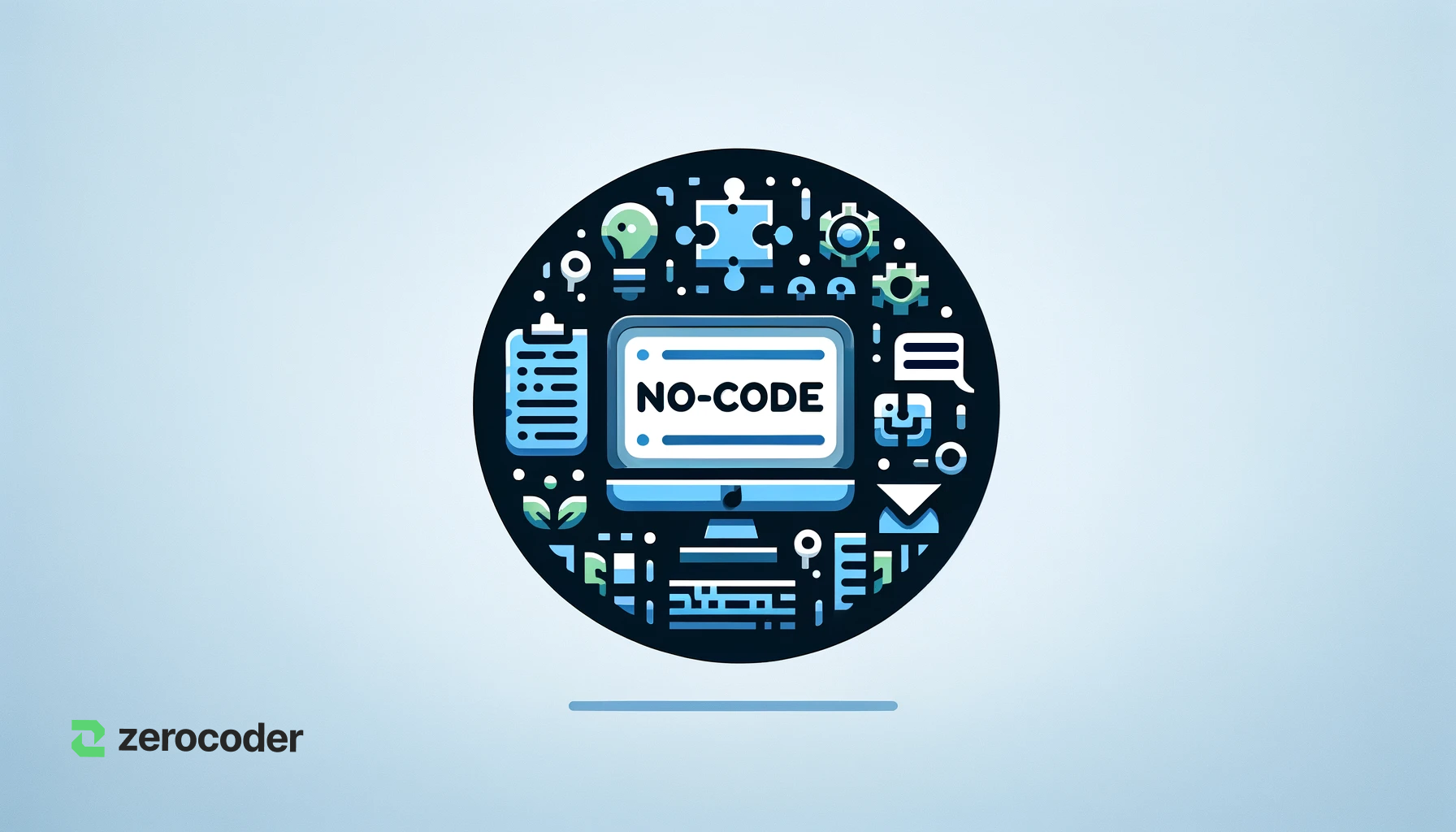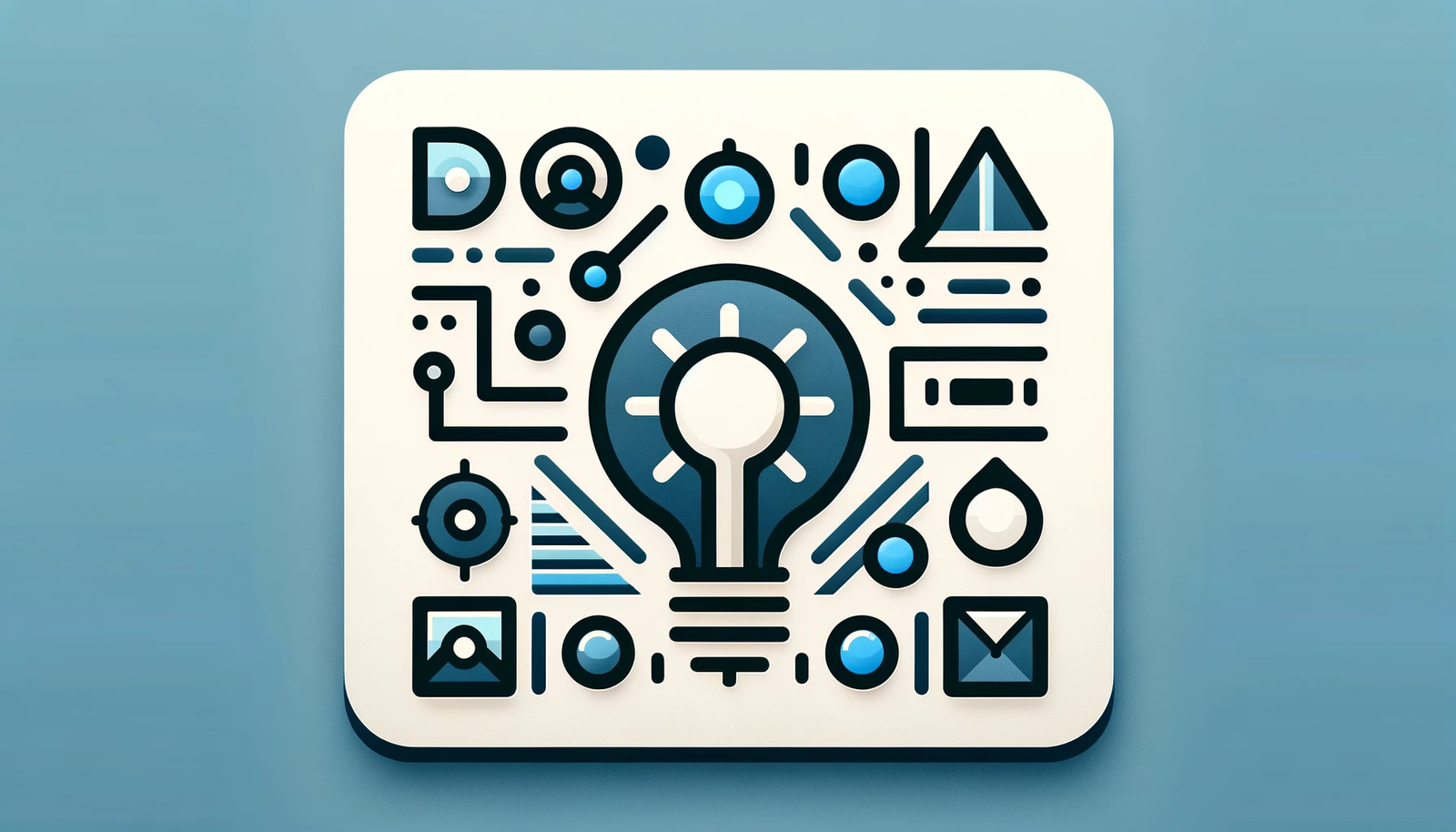Introduction
The landscape of software development has gone through a significant change in recent years with the introduction of No-Code platforms. This trend will continue to evolve and expand in 2021. No-Code methodology allows the creation of software applications without having to write a single line of code. The purpose of this article is to provide developers with an in-depth understanding of No-Code, its importance in the current year, and a comprehensive guide to navigating this field.
The rise of No-Code tools from a niche concept to a mainstream resource has been a remarkable journey, revolutionizing software development for developers and non-developers alike.
If you want to learn NoCode but do not know where to start, you can do it on our courses. Click the button below for more information.
Market Landscape and No-Code Tools

In 2024, the No-Code market is full of platforms that offer diverse features and capabilities. Some of the leading platforms, including Bubble and FlutterFlow, are famous for their user-friendly interfaces and powerful functionalities. This section compares these platforms based on their usability, target audience, and application scope, helping users choose the right tool for their specific development needs.
Benefits of No-Code for Developers

Despite the common misconception that No-Code is exclusively for individuals with no coding experience, it actually offers significant benefits to experienced developers. It can greatly speed up the development process and simplify complex tasks. In this article, we will discuss how No-Code tools make rapid prototyping possible, facilitate cross-functional collaboration, and provide opportunities for developers to focus on more advanced tasks such as system architecture and data security.
We already have an article about Creating And Testing An Application On Bubble

Or you can learn everything you need about creating apps on FlutterFlow in our courses by clicking the button below
Integrating No-Code with Traditional Development Methods
The combination of No-Code tools with traditional coding practices has resulted in a hybrid development approach. In this section, we present practical examples of how integrating No-Code tools into traditional software development workflows can boost productivity and creativity. We also discuss how developers can use these tools for tasks such as database management, front-end development, and automation.
To learn more about how to integrate code with FlutterFlow, please check out our article below.

Tips and Best Practices for Using No-Code as a Developer

Understand the Limitations and Strengths of No-Code Platforms
- Recognize that while No-Code platforms are powerful, they have limitations in terms of customization and scalability.
- Choose the right platform based on the specific needs of your project, considering factors like data handling capabilities, integration options, and user interface customization.
Start with a Clear Project Scope
- Before diving into No-Code development, define your project's scope clearly. Understand what you want to achieve and how a No-Code platform can help you realize those goals.
- This clarity helps in choosing the right tool and prevents scope creep during development.
Leverage Pre-Built Templates and Components
- Most No-Code platforms offer pre-built templates and components which can significantly speed up the development process.
- Customize these components to fit your project's needs while maintaining the integrity of the underlying architecture.
Focus on User Experience
- Prioritize user experience in your design, ensuring that the application is intuitive and user-friendly.
- Utilize the drag-and-drop interfaces of No-Code platforms to experiment with different layouts and designs easily.
Iterate and Test Frequently
- Adopt an iterative approach to development. Build a basic version, test it, gather feedback, and then improve.
- Regular testing helps in identifying and fixing issues early in the development cycle.
Plan for Scalability and Maintenance
- Consider the long-term scalability and maintenance of your application. Ensure that the No-Code platform you choose can handle increasing user loads and data volumes.
- Regularly update and maintain the application to ensure its relevance and efficiency.
The Future of No-Code and Its Impact on the Development Industry
The No-Code movement is not a mere fad; it is transforming the future of software development. This section delves into the latest trends in the No-Code field and their potential impact on the wider technology landscape. It also explores the effects of No-Code on the career paths and skill sets of developers.
If you already have an idea for your project but do not have good employees to develop it, you can find them on our platform. Click the button below for more information.
Conclusion
The emergence of No-Code in 2024 marks a significant change in the software development paradigm. It presents a valuable chance for developers to improve their skillset, streamline their workflows, and engage in more innovative and impactful projects. By adopting No-Code tools, developers can not only adapt to the ever-changing technological landscape but also play a vital role in shaping the future of software development.
This article offers a glimpse into the world of No-Code in 2024, providing practical advice and insights for developers to harness the power of these tools. As we move forward, the integration of No-Code methodologies will undoubtedly continue to influence the way we think about and engage with software development.






